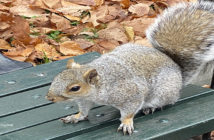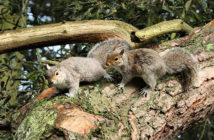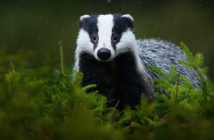The Government has announced its intention to remove ferrets as permitted target species for the DOC 250 spring trap, following concerns that it could lead to an increase in trapping of non-target species.
At the request of a trap user, in November 2020 the Animal and Plant Health Agency (APHA) reviewed the data available for the DOC 250 spring trap for use with ferrets. The APHA determined that this trap met minimum humane trapping standards and Defra subsequently added ‘ferrets’ as a permitted species.
Stakeholders raised concerns that the DOC 250 trap may lead to an increase in trapping non-target species, such as polecats and pine marten.
The Department for Environment, Food & Rural Affairs said that Government has acted quickly in response to these concerns and will be removing ferrets as a permitted species for the DOC 250 this month.
The conditions of using spring traps remains the same and users must comply with all trapping conditions under this Order.
This includes:
- traps must be used in accordance with the instructions (if any) provided by the manufacturer; and
- so far as is practicable without unreasonably compromising its use for killing or taking target species, traps must be used in a manner that minimises the likelihood of its killing, taking or injuring non-target species.
The Pests Act 1954 requires that spring traps used for the purposes of killing or taking animals are approved before they can be legally used in England. Approved traps are listed on the Spring Traps Approval (England) Order 2018.
In situations where the method of trap deployment cannot adequately manage the risk to non-target species it recommended that a more selective method of control, such as live-capture trapping, is employed.
The statutory instrument will be published before Parliament for its approval before it comes into force.




